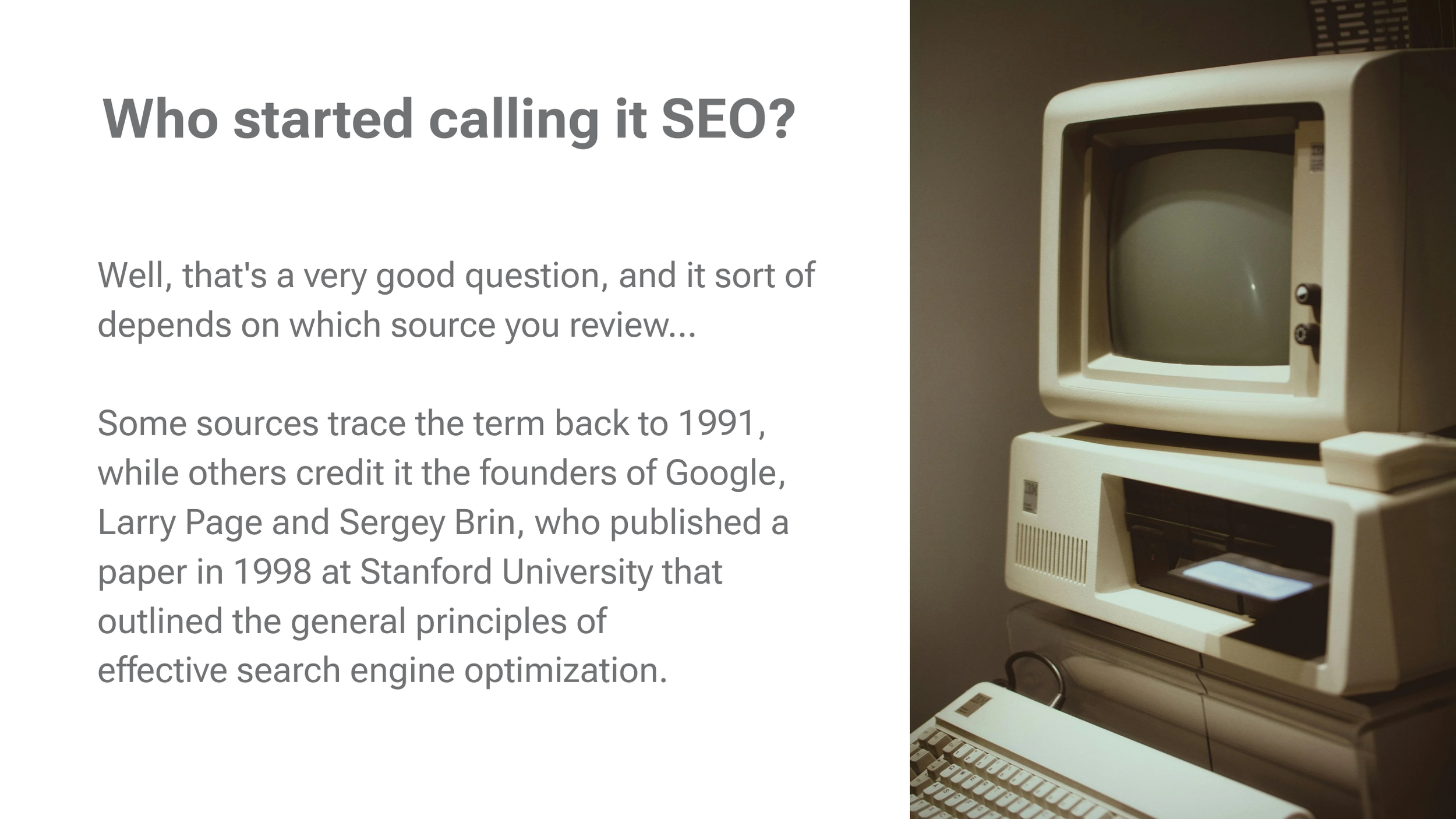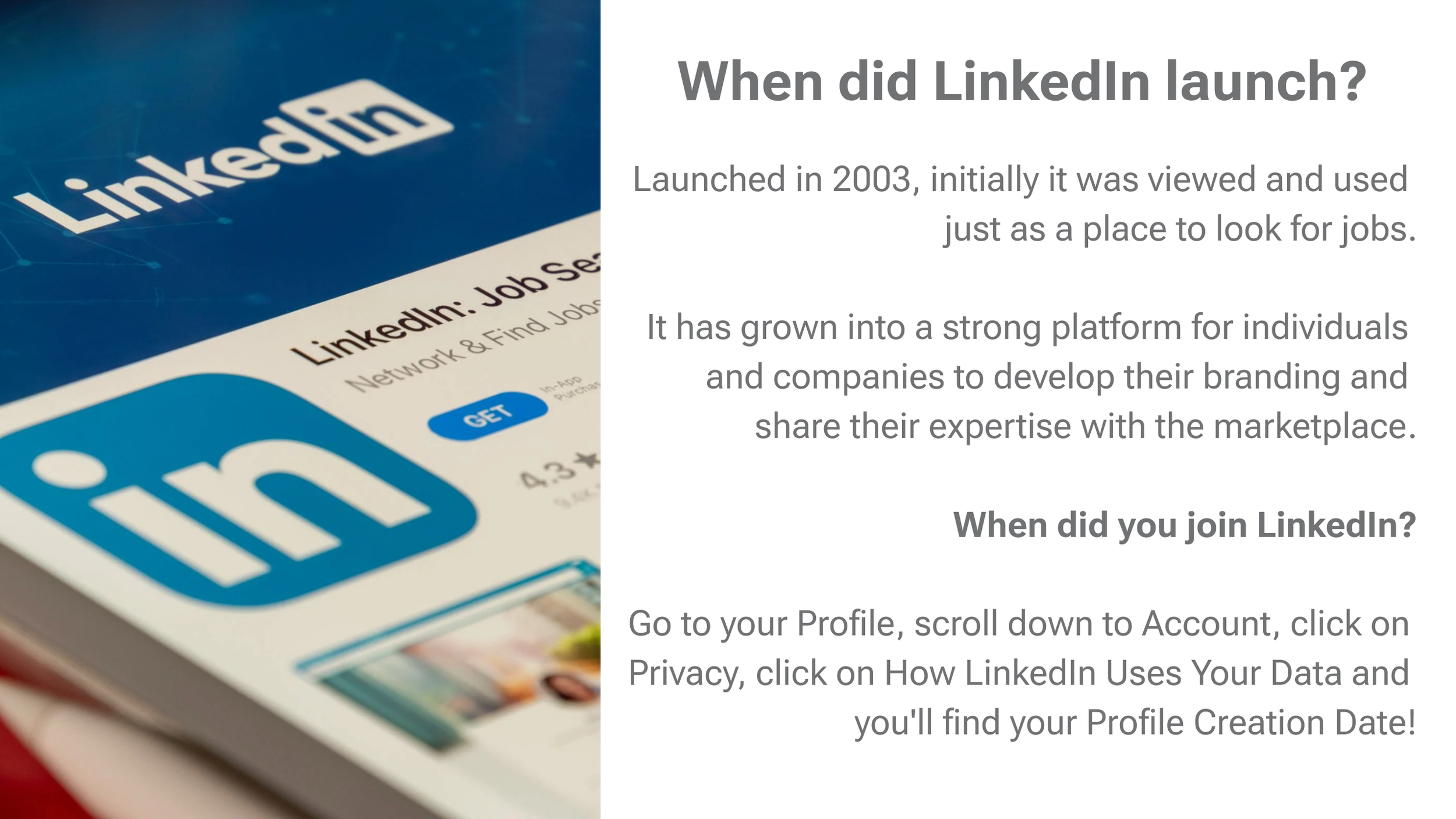Demystifying Digital Marketing Magic
How do you fine tune digital marketing strategies to bring significant value to businesses of all sizes?
Literally being on the ground floor of all things digital marketing and social media over the past twenty years, I've watched the industry evolve and I have kept learning in the process. Whether your company has a robust marketing department that just needs a little extra help or you're looking to outsource marketing efforts entirely, understanding core digital marketing concepts is vital. Let’s demystify digital marketing, explore the many facets of SEO, reveal the best practices for leveraging social media, particularly LinkedIn, and weigh the benefits and drawbacks of LinkedIn paid ads.
Do you remember floppy disks? And that some of them weren’t floppy at all?
What Does Digital Marketing Refer To?
Digital marketing encompasses all marketing efforts that utilize the internet or electronic devices. Businesses leverage digital channels such as search engines, social media, email, and websites to connect with current and prospective customers. Unlike traditional forms of marketing like print or TV ads, digital marketing offers detailed analytics that allow companies to monitor the effectiveness of their campaigns in real-time. The dashboards to review analytics have become much more user-friendly over time.
The Parts of SEO and How They Relate to Each Other
SEO, or Search Engine Optimization, is a fundamental aspect of digital marketing aimed at increasing your website's visibility on search engines like Google. SEO can be broken down into the following parts:
On-Page SEO: This involves optimizing the content on your website. This means ensuring your website is structured to make it easy for search engines to understand, using target keywords effectively, and providing valuable, high-quality content, on a regular basis. You’re helping your SEO by sharing articles, case studies, infographics, thought leadership reports, white papers, webinars, podcasts and more that establish you as the helpful SME in your arena.
Off-Page SEO: This refers to actions taken outside of your website that impact your rankings. The most notable example is backlinks (see what we just did there ;) - links from other websites pointing to your site. These act as endorsements, suggesting to search engines that your content is valuable and credible. Make sure to vet every back link you choose for your content.
Technical SEO: This focuses on backend aspects of your website, like page speed, mobile-friendliness, and site architecture. Technical SEO ensures that a website meets the technical requirements of modern search engines to improve organic rankings. This is a great article from HubSpot that goes into more detail.
Local SEO: For businesses with a physical location or those catering to a specific geographical area, local SEO can optimize their online presence to attract more business from relevant local searches.
Each component of SEO is interconnected. For example, without a strong on-page SEO strategy, even excellent backlinks (off-page SEO) can't propel your site to the top of search results. Similarly, even the best content can suffer in rankings if your website's technical foundation (technical SEO) is weak.
LinkedIn is a great place to share your expertise and also learn from others.
Grow Your LinkedIn Following
LinkedIn is an essential platform for business professionals, making it a powerful tool to enhance your company's digital presence. Here are strategies to effectively grow your LinkedIn following.
Optimize Your Company Page: Your LinkedIn profile should be fully optimized —complete descriptions, a professional logo, and regular updates and posts. Use relevant keywords in your company description to make it discoverable in searches. Strategic hashtags are your best friend.
Engage with Your Audience: Publish high-quality, informative content that addresses the pain points and interests of your target audience. Regularly share blog posts, industry trends, case studies, and company updates to keep your audience engaged. And keep driving back to YOUR website, not some other organization’s site.
Network Actively: Connecting with key figures in your industry, participating in relevant groups, and engaging in discussions can significantly boost your visibility. Encourage your employees to be active on LinkedIn and share your company's posts to increase reach.
Utilize LinkedIn Analytics: Carefully monitor LinkedIn’s provided analytics tools to understand which types of content are resonating most with your audience. Use these insights to refine your content strategy.
Encourage Follower Interaction: Ask questions, run polls, and call for feedback to foster interaction and build a community around your brand. Make sure it’s compelling to your particular audience.
Host Webinars and Events: Regular online events like webinars on industry-relevant topics can help establish your authority and draw new followers interested in your expertise.
Is the paid version of LinkedIn worth it? I for one appreciate the metrics it provides, so depending on your goals, I think it is a wise and quite modest monthly investment.
The Pros and Cons of LinkedIn Ads
LinkedIn paid ads can greatly extend your reach, but it's important to understand the advantages and disadvantages.
Pros
Targeted Reach: LinkedIn allows you to target ads based on job title, industry, company size, and more, ensuring your message reaches the most relevant professionals.
Professional Audience: LinkedIn’s user base is primarily made up of business professionals, making it an ideal platform for B2B marketing.
Multiple Ad Formats: Options range from sponsored content and InMail to dynamic ads, giving you a variety of ways to engage with your audience.
Advanced Analytics: LinkedIn provides in-depth analytics, helping you measure the performance of your ads and optimize them for better results.
Cons
Cost: LinkedIn ads tend to be more expensive compared to other social platforms. The higher CPC (cost per click) can be a barrier for smaller businesses with limited budgets. Don’t be afraid to start with a modest budget and A/B test!
Potential Limited Engagement: Many users are often on LinkedIn for professional networking or job searching, which may result in lower engagement levels for ads compared to platforms like Facebook or Instagram which are more geared towards casual browsing. But FB and IG are not always the most effective routes when it comes to B2B marketing. There are, however, an increasing number of corporate professionals using LinkedIn the same way they use Google: to find what they need and learn who is providing it.
Overlapping Audiences: There's potential for audience overlap, especially if your ad targeting criteria are too broad. This can reduce the efficiency of your ad spend. And some of the ad settings can be a little tricky!
Digital Marketing: An Indispensable Tool
Digital marketing is an indispensable tool for modern businesses. It encompasses a range of strategies from SEO to social media management, each interlocking to bolster your online presence. As an SME, I know that leveraging these tools effectively can transform your company’s reach and impact. Whether you’re working with a lean marketing team or considering complete outsourcing of marketing functions, understanding these fundamentals can help you make informed decisions and drive tangible results for your business.
The digital landscape is continuously evolving, and staying updated with the latest trends and strategies is key to maintaining a competitive edge. We’re never done learning about the best and latest ways to scale our clients’ digital marketing success!
Want to learn more about how we can maximize your marketing budget with amazing results? As we say in our socials, #LetsChitChat! Contact us at info@chitchat.digital.
Authored by Melissa E. Daley, CMO
Sources:
https://blog.hubspot.com/marketing/a-brief-history-of-search-seo
https://searchengineland.com/evolution-seo-trends-25-years-223424
https://www.linkedin.com/pulse/how-check-linkedin-profile-creation-date-muhammad-ahsan-ul-haq-o7qmc/

